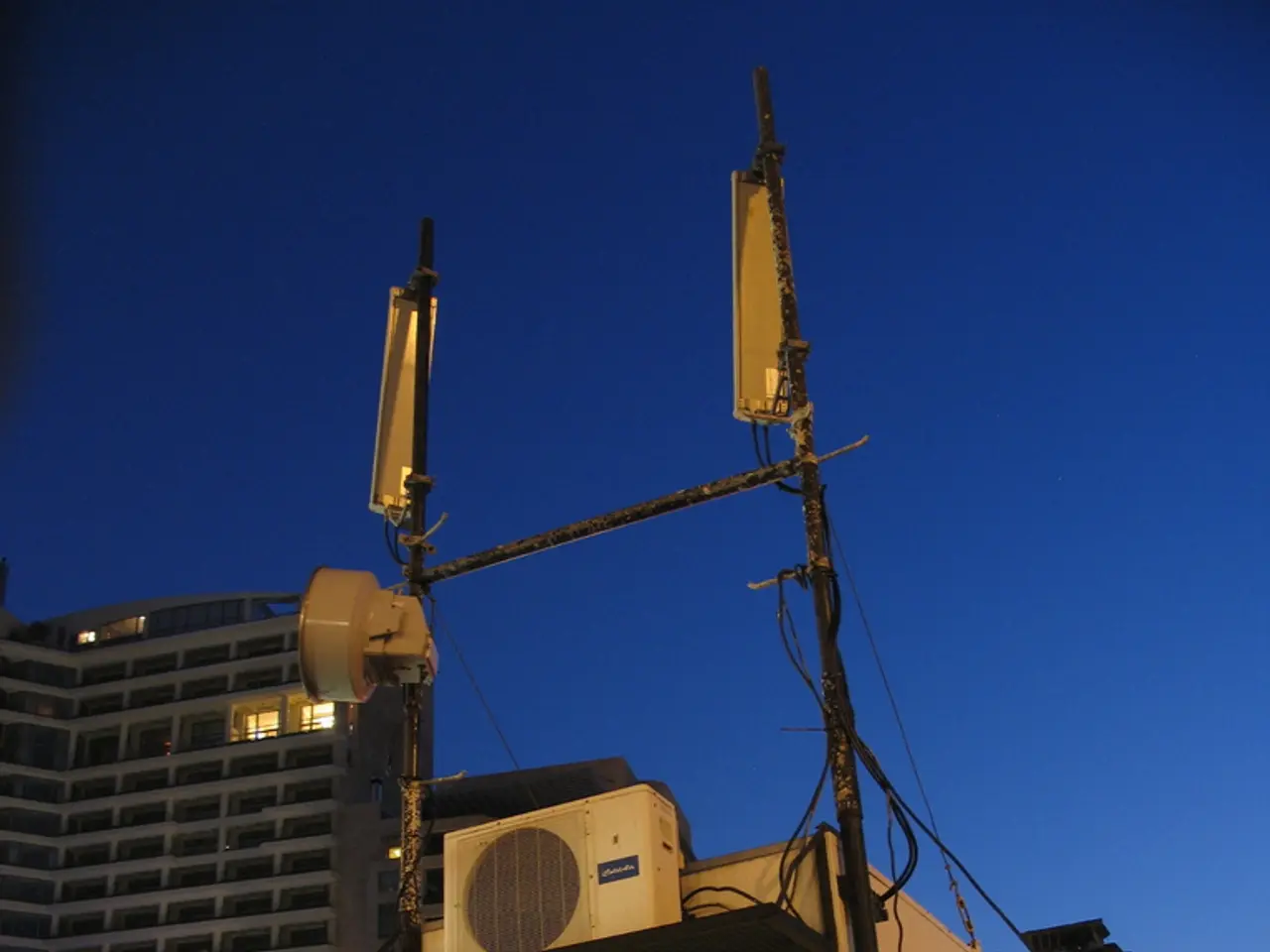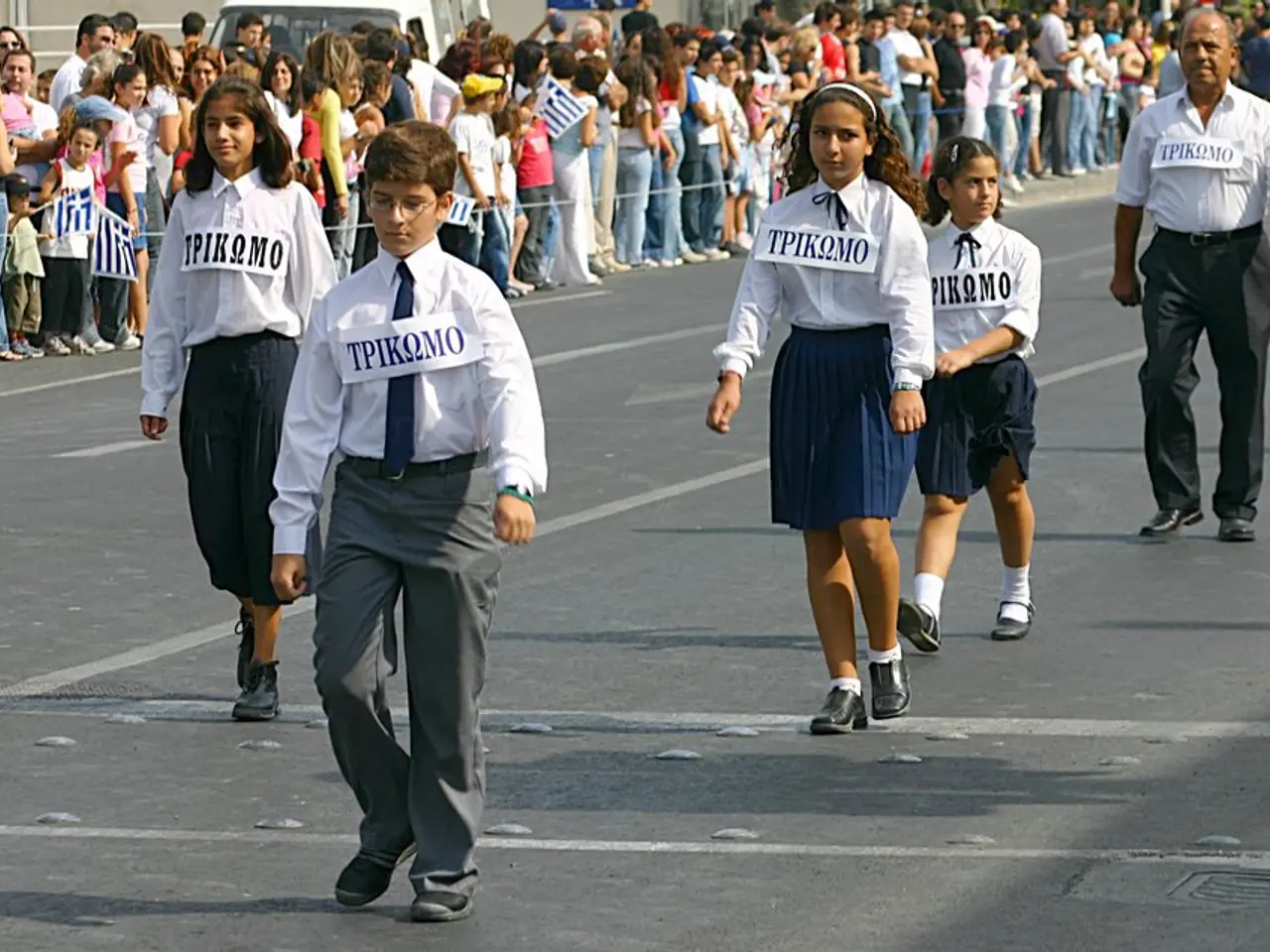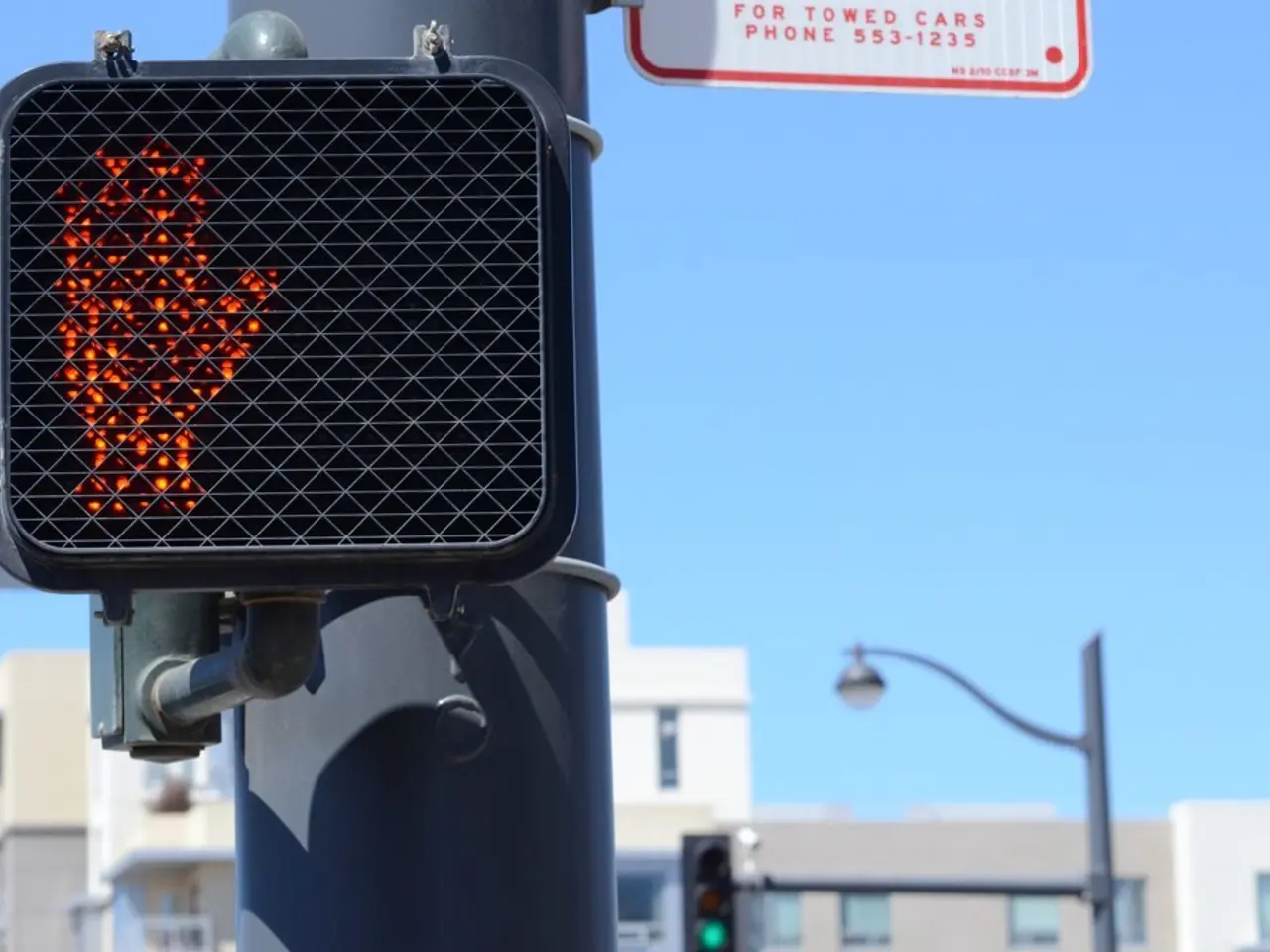Child-Friendly Weather Experiments: A Fun Learning Guide
Embark on an exciting journey of weather discovery with these engaging and educational activities designed for kids! From DIY weather tools to outdoor experiments, these resources cater to various age groups, settings, and learning styles.
1. DIY Weather Tools and Instruments
Building simple weather tools using everyday items is a fun and cost-effective way for kids to grasp meteorology concepts. Create a rain gauge to measure rainfall, an anemometer to track wind speed, or a sun tracker to observe the sun's movement. These activities promote hands-on learning about weather measurement and data collection, ideal for STEM education and outdoor play. [1]
2. Weather Study Resources and Games
Interactive games and printable resources enrich children's understanding of meteorological phenomena. Engage in weather prediction challenges, cloud formation puzzles, seasonal change simulations, and temperature tracking competitions. Reinforce vocabulary and concepts with weather-themed coloring pages or play weather-themed board games like "Weather Wheel." These resources combine creativity with weather science, helping develop both cognitive and language skills. [2]
3. Outdoor Weather Stations and Experiments
Setting up a mini weather station outdoors lets children become little meteorologists. Use rain gauges, wind vanes, and thermometers to track local weather conditions and identify patterns. Explore unique experiments like frozen oobleck to learn about states of matter and non-Newtonian fluids. These experiments build observation skills and connect kids directly with natural science concepts. [3]
4. Temperature and Air Pressure Experiments
Simple yet fascinating demonstrations of how temperature affects air and weather dynamics. The cold and hot air science experiment, for example, uses bowls of hot and cold water and balloons to show how air pressure changes with temperature. This visually engaging experiment clarifies basic atmospheric science principles. [5]
Additional Sources to Explore
Explore further with kid-friendly science project channels on YouTube, educational websites, and science kit providers. Many resources emphasize easy setups with common materials and encourage observation, recording, and interpretation of weather patterns. [4]
By combining DIY weather instruments, interactive games, outdoor stations, and simple physical science experiments, you can create a rich, varied learning experience in weather science for kids. These approaches foster curiosity, enhance STEM skills, and provide practical knowledge of natural phenomena.
References: [1] https://www.education.com/science-fair/article/weather-science-fair-projects/ [2] https://www.weatherwizkids.com/activities.htm [3] https://www.kidzworld.com/article/25599-weather-science-experiments [4] https://www.sciencekids.co.nz/experiments/weather.html [5] https://www.kidsactivities.net/science-experiments/weather-science-experiments.html
- Utilizing everyday items, children can construct simple weather tools like rain gauges and anemometers to learn about meteorology concepts hands-on.
- Interactive games and printable resources aid in fostering children's understanding of weather phenomena, offering weather prediction challenges, cloud formation puzzles, and temperature tracking competitions.
- Establishing mini outdoor weather stations with rain gauges, wind vanes, and thermometers encourages kids to observe and identify patterns in local weather conditions, promoting a deeper understanding of meteorology.
- Simple experiments demonstrating temperature's impact on air pressure and weather dynamics engage children's visual learning skills, such as the cold and hot air science experiment using balloons and bowls of hot and cold water.
- Enhance your learning journey by exploring kid-friendly science project channels on YouTube, educational websites, and science kit providers, providing an abundance of resources for weather science experiments using common materials.







